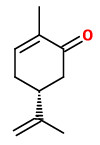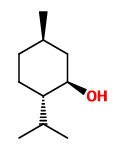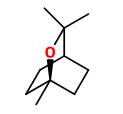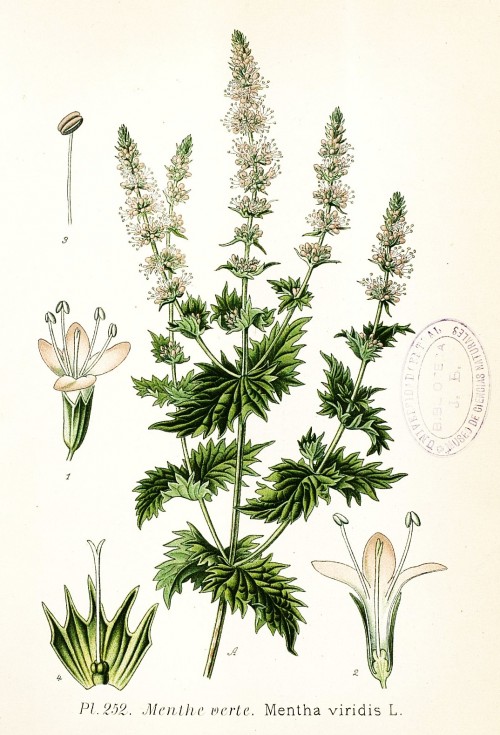Dies ist eine alte Version des Dokuments!
Mentha spicata L. - Lamiaceae - spearmint, common green mint, Krauseminze, Grüne Minze
Mentha spicata L. var. crispa (Benth.) Danert = Mentha spicata L. subsp. spicata = Mentha viridis (L.) L. = Mentha crispa L.
Mentha microphylla K. Koch = Mentha spicata L. subsp. condensata (Briq.) Greuter & Burdet = Mentha tomentosa d’Urv.
http://www.ars-grin.gov/cgi-bin/npgs/html/taxon.pl?24082
Perennial herb, 30-60cm tall, native to Southeast Europe and West Asia, cultivated worldwide; stems quadrangular; leaves sessile or subsessile, ovate-oblong to oblong-lanceolate, margin irregularly serrate, base broadly cuneate, apix acute; cylindric terminal spikes of white to pink or purplish flowers.
http://www.efloras.org/florataxon.aspx?flora_id=5&taxon_id=200019821
„High enantiometic purity of (R)(-)-carvone was detected in the oils of spearmint from various sources.“
[Chiral GC analysis of (S)(+)‐and (R)(−)‐carvone with high enantiomeric purity in caraway, dill and spearmint oils., Ravid, U., Putievsky, E., Katzir, I., Weinstein, V., Ikan, R., Flavour and fragrance journal, 7(5), 1992, 289-292]
 (R)(-)-carvone |  (-)-menthol |  1.8-cineole |
The most potent odorants (highest FD factor, 6-10) of a Chinese conrmint oil were isomenthone (11.2%, minty dirty leafy), menthone (22.1%, minty clean cooling), 2,5-diethyltetrahydrofuran (0.03%, pungent solvent ether), (E)-ß-damascenone (trace, fruity woody berry), 1,8-cineole (0.4%, cooling eucalyptus), menthol (34.9%, cooling minty clean), pulegone (1.5%, heavy minty dirty), ß-ionone (heavy woody fruity), eugenol (0.04%, spicy clove sweet), linalool (0.1%, floral sweet creamy), (E,Z)-2,6-nonadienal (leafy floral cucumber), carvone (0.2%, spearmint fruity herbal), guaiacol (sweet smoky phenolic), 4-vinylguaiacol (smoky woody sweet), and five unknown compounds.
[Benn, Scot. „Potent odorants in peppermint and cornmint oils characterized by GC-O and AEDA.“ Perfumer & flavorist 23.5 (1998): 5-16]
Spearmint essential oil is dominated by carvone (37.7%), menthol (16.1%), limonene (15.0%), and menthone (9.7%), with smaller abundances of isomenthone (4.4%), neomenthol (2.4%), menthyl acetate (1.4%) and cis-dihydrocarvone (1.1%). Menthofuran was not found.
[Application of Comprehensive Two-Dimensional Gas Chromatography (GC× GC) to the Qualitative Analysis of Essential Oils. Dimandja, J. M. D., Stanfill, S. B., Grainger, J., Patterson Jr, D. G., Journal of High Resolution Chromatography, Vol.23(3), 2000, 208-214]
The essential oil of the leaves and twigs of nana mint (Mentha spicata L. ssp.spicata, syn.Mentha viridis L. var.nanah) is characterized by higher amounts of (-)-limonene (14-31%), 1,8-cineole (0.8-6.7%; cineole:limonene <0.5), (-)-carvone (53-65%), minor amounts of menthol (<0.5%), and the absence of isopulegole (M.arvensis!) and menthofuran (M.piperita!).
[Wolz, Dietmar, and Gerhard Buchbauer. Aromatherapie in Wissenschaft und Praxis. Ed. Wolfgang Steflitsch. Stadelmann, 2013]
Aroma extract dilution analysis (AEDA) of spearmint oils showed (R)-(−)-carvone as the most potent odorant. Additional predominant odorants included eugenol, ethyl (S)-(+)-2-methylbutanoate, (E)-β-damascenone, and (3E,5Z)-1,3,5-undecatriene. „Among the compounds quantitated, those with the highest OAVs were (R)-(−)-carvone, 1,8-cineole, (E,Z)-2,6-nonadienal, (E)-β-damascenone, and (3E,5Z)-1,3,5-undecatriene.“
[Kelley, Lauren E., and Keith R. Cadwallader. „Identification and quantitation of potent odorants in spearmint oils.“ Journal of Agricultural and Food Chemistry (2017).]
„Twenty-one female hirsute patients, 12 with polycystic ovary syndrome and 9 with idiopathic hirsutism were included to the study. They were took a cup of herbal tea which was steeped with M. spicata for 5 days twice a day in the follicular phase of their menstrual cycles. After treatment with spearmint teas, there was a significant decrease in free testosterone and increase in luteinizing hormone, follicle-stimulating hormone and estradiol. There were no significant decreases in total testosterone or dehydroepiandrostenedione sulphate levels. Spearmint can be an alternative to antiandrogenic treatment for mild hirsutism. Further studies are needed to test the reliability of these results and the availability of spearmint as a drug for hirsutism.“
[Effect of spearmint (Mentha spicata Labiatae) teas on androgen levels in women with hirsutism. Akdoğan, M., Tamer, M. N., Cüre, E., Cüre, M. C., Köroğlu, B. K., Delibaş, N., Phytotherapy Research, Vol.21(5), 2007, 444-447]
„Forty one of 42 patients completed the study. Free and total testosterone levels were significantly reduced over the 30 day period in the spearmint tea group (p < 0.05). LH and FSH also increased (p < 0.05). Patient's subjective assessments of their degree of hirsutism scored by the modified DQLI were significantly reduced in the spearmint tea group (p < 0.05). There was, however, no significant reduction in the objective Ferriman-Galwey ratings of hirsutism between the two trial groups over the trial duration (p = 0.12). There was a clear and significant alteration in the relevant hormone levels. This is associated clinically with a reduction in the self-reported degree of hirsutism but unfortunately not with the objectively rated score.
It was demonstrated and confirmed that spearmint has antiandrogen properties, the simple fact that this does not clearly translate into clinical practice is due to the relationship between androgen hormones and follicular hair growth and cell turnover time. Simply put, the study duration was not long enough. The original studies from Turkey were in fact only 5 days long. The time taken for hirsutism to resolve is significant and a much longer future study is proposed as the preliminary findings are encouraging that spearmint has the potential for use as a helpful and natural treatment for hirsutism in PCOS.“
[Spearmint herbal tea has significant anti‐androgen effects in polycystic ovarian syndrome. a randomized controlled trial. Grant, P., Phytotherapy Research, Vol.24(2), 2010, 186-188]

Mentha spicata L. subsp. spicata as Mentha viridis
Masclef, A., Atlas des plantes de France, vol.3, t.252 (1893)
http://plantgenera.org/species.php?id_species=659718
Mentha spicata; author: Rolf Marschner (2007),
www.botanische-spaziergaenge.at
